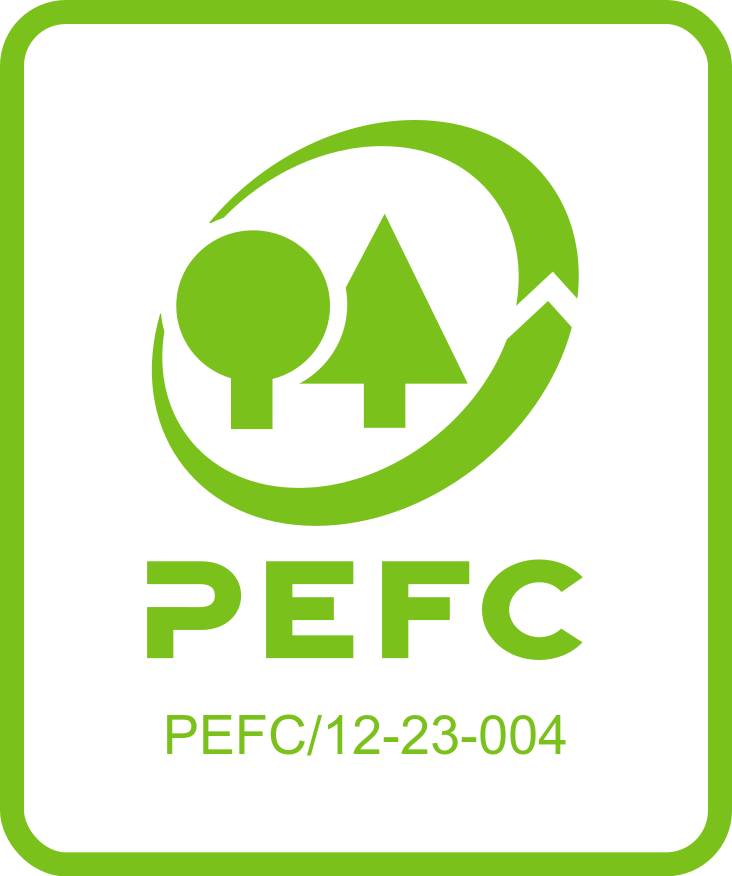Meža apsaimniekošanas risku izmaiņu prognozes un to mazināšana 2017

Veicot koku augšanas novērojumus sezonas ietvaros, konstatēs, ka priedei paaugstinātas temperatūras režīmā koku pieaugums iesākās agrāk, savukārt lauka apstākļos pieaugums notika salīdzinoši straujāk. Bērzam paaugstinātas temperatūras režīmā pieauguma veidošanās sākās agrāk un turpinājās straujāk nekā kontroles siltumnīcā. Daļa no materiāla – plantāciju, kur ierīkošanai kloni atlasīti audzēs uz kūdras augsnēm, pēcnēcēji – sagatavoti salcietības testu veikšanai. Ierīkoti 2 dižskābarža un 2 sarkanā ozola stādījumi, kā arī veikti sagatavošanas darbi kopšanai dižskābārža stādījumā un šīs koku sugas parauglaukumu pārmērīšana un paraugkoku datu ieguve augšanas gaitas rekonstrukcijai. Veikta materiāla ievākšana caurmēra pieaugumu ietekmējošo faktoru izmaiņu nākotnes klimatā vērtēšanai ar dendrohronoloģijas metodēm, kā arī sēklu ieguve un stādu audzēšana epiģenētiskā efekta pētījumiem. Pabeigta egļu astoņzobu mizgrauža attīstību paaugstinātā temperatūra raksturojošo datu ievākšana.
Egļu bruņuts bojājumu telpiskās analīzes sākotnēji rezultāti liecina, ka Šenona daudzveidības indeksam meža masīvā, kas raksturo dažādu koku sugu audžu sastopamības vienmērību, bija statistiski būtiska ietekme uz šī dendrofāga radīto bojājumu varbūtību.
Pētījuma rezultāti ietverti zinātniskā publikācijā Silva Fennica un prezentēti starptautiskā zinātniskā seminārā un konferencē.
Summary
Increase temperature had led to earlier start of the height growth for both Scots pine and silver birch as well as steeper increase of growth intensity for birch, but not for pine. No significant influence to total length of height increment was observed. Progenies of Scots pine seed orchards with clones selected in stands on peat soils had been prepared for freezing tests. New trials of Quearcurs rubra as well as Fagus sylvatica had been established and existing sample plots measured, prepared for thinning, as well as data from sample trees collected to obtain coefficients for growth models. Material (increment cores) to assess the impact of predicted climatic changes on radial increment of Scots pine had been collected; also seed material had been collected and plants grown for analysis of epigenetic effect. Data characterizing impact of increased temperature on development of Ips typographus had been collected. Preliminary results of spatial analysis suggests that probability of Physokermes piceae damages in Norway spruce stands are affected by the Shannon diversity index, characterizing the occurrence of stands of different dominant trees species in the surrounding of the target stand.
Results of the research had been presented in a seminar and international scientific conference as well as included in publication in Silva Fenninca.




